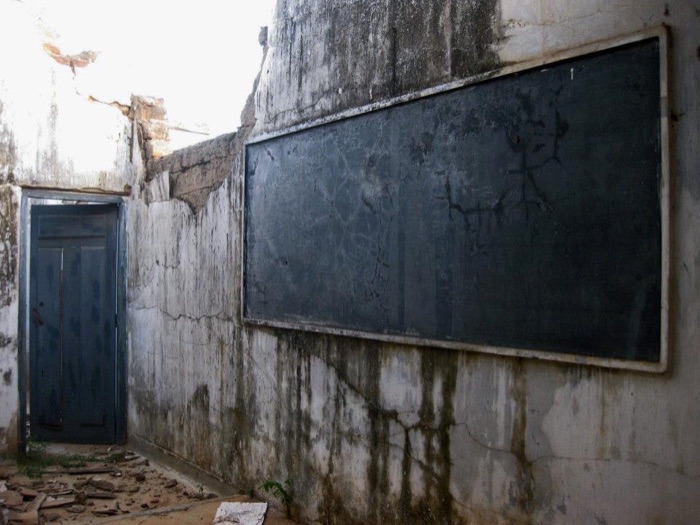A U.S. Allegory: Desegregation & Integration In Lankan Education

Cabinet Minister of National Co-existence, Dialogue and Official Languages Mano Ganesan’s proposal for the desegregation of and integration in institutionalized education within the public school based system, for all students regardless of ethnicity, race or religion, and the ending of the apartheid of multifarious instances of discrimination prevalent in schools in the name of diversity and diversification, development and national education policy reforms, is indeed commendatory as both a lofty goal, and a move away from the utilitarian, one size fits all approach that has plagued education in this country for too long. Presently however, it is conspicuously lacking in clarity on how to practically achieve its stated and intentioned goal.
It is learned that a Cabinet paper in this regard is to be presented in the near future.
Brown v. Board of Education
Minister Ganesan’s brainchild however, has a precedent, most famously harkening back to the civil rights movement in the United States (US), one which involved, among others, the use of black and white dolls in a psychosocial experiment and arguably the greatest civil rights practitioner of the era, a lawyer named Thurgood Marshall.
As Juan Williams in an interview with psychologist Kenneth B. Clark explains, the latter and his wife social psychologist Mamie Phipps, assisted by sociologist and activist June Shagaloff, via tests conducted on black children between the ages of five and nine, had found that to the test subjects, the white dolls were not only prettier, smarter and better at everything they did, and therefore preferable, but also that a majority of the study sample saw the black dolls as being bad and the white dolls as being nice. A minority when asked to choose the doll most like themselves, had pointed to the whites.
The results of these tests concerned the birthing of an inferiority complex on the basis of race and skin colour, which triggered an identity crisis that resulted in the crippling development of low self-esteem and low levels of motivation among children whom Frantz Fanon described as having skin which captured all the “cosmic effluvia”. The results were subsequently used by Marshall who would go on to become the first black African American negro Associate Justice of the Supreme Court of the US, to bolster his plaintiffs’ motion in the landmark case of Brown v. Board of Education of Topeka.
The central argument of the aforementioned case was that the separate but equal or equal but separate doctrine (that segregation was justified so as long as the facilities and services provided and treatment given to students, among others were on equal par), was in fact, equal to unequal, and therefore did violate the equal protection clause in the US Constitution. The latter in terms of the right to equality and the equal protection of the law is also found in the Sri Lankan Constitution.
This argument of separate but equal or equal but separate being unequal formed the rallying cry for not solely desegregation but also for integration. In a historic unanimous decision penned by Chief Justice Earl Warren, the Court held that the separate but equal or equal but separate doctrine was inherently unequal.
Not The Two Sides Of The Coin
However, desegregation is not integration. Desegregation alone does not make integration a reality.
The cold, hard reality in the aftermath of the Brown decisions (specifically Brown II), provides our present times with an example of the pitfalls that befall administrations tasked with implementing a court’s ruling when the highest Court of record of the land in staying well within the confines of their mandate and through the practice of judicial restraint, fails to adequately specify or does not specify, a time bound course or plan of action or at the very least provide the faint outline of a set of guidelines with regard to the method or process to be adopted on how to, case in point, make integration happen. It should however be noted in all due fairness to the legislators and the Judges, in the name of practicality, that when formulating a time bound course or plan of action in relation to such, the fact that desegregation and integration is a major transition which is both, time and resource consuming, must be considered. Yet desegregation and integration is ultimately vital.
In the aforementioned US cases, the arduous task of carrying out the reform in the form of desegregation and integration was delegated to school boards at the district, local and zonal levels, which authorities in the backdrop of the absence of a well thought out plan for the implementation of such, and already in many cases prejudiced towards the prescribed move, a situation further compounded by the lack of political will and the requisite infrastructure (both human and material), resorted to resisting, avoiding and adopting delay tactics citing various grievances, legitimate and otherwise.


